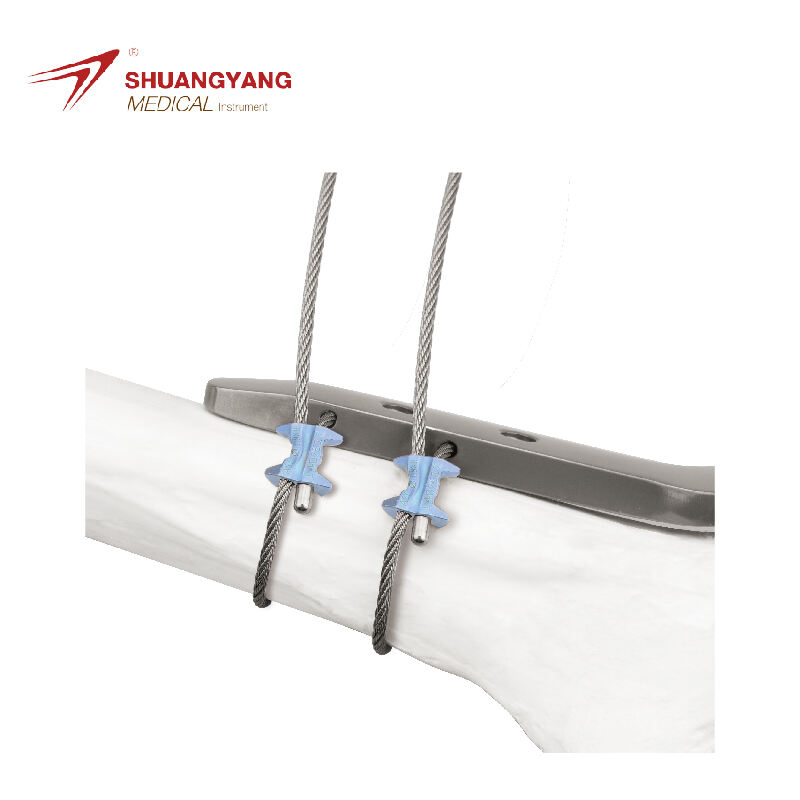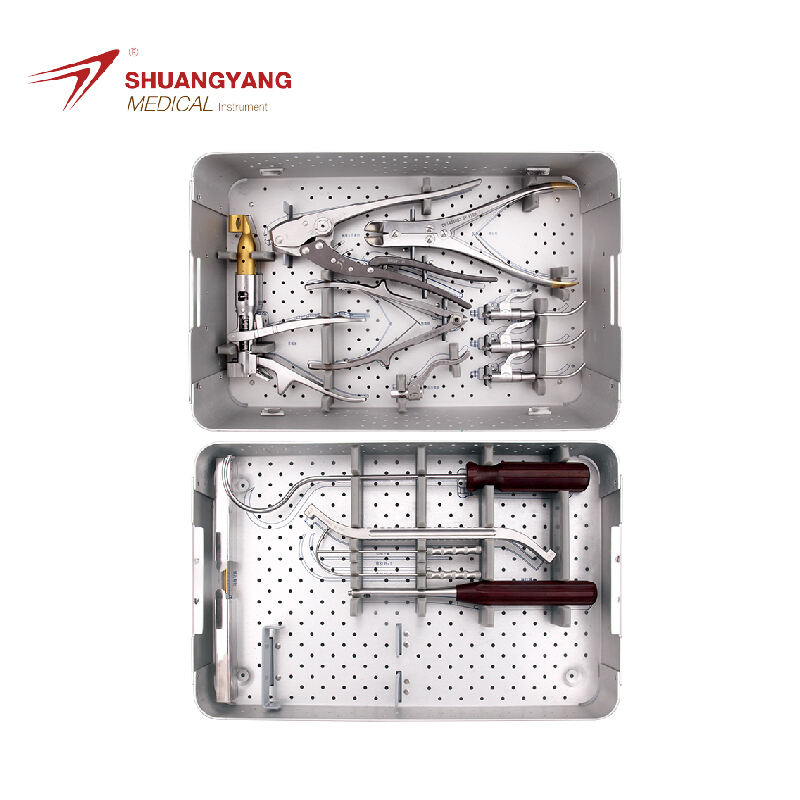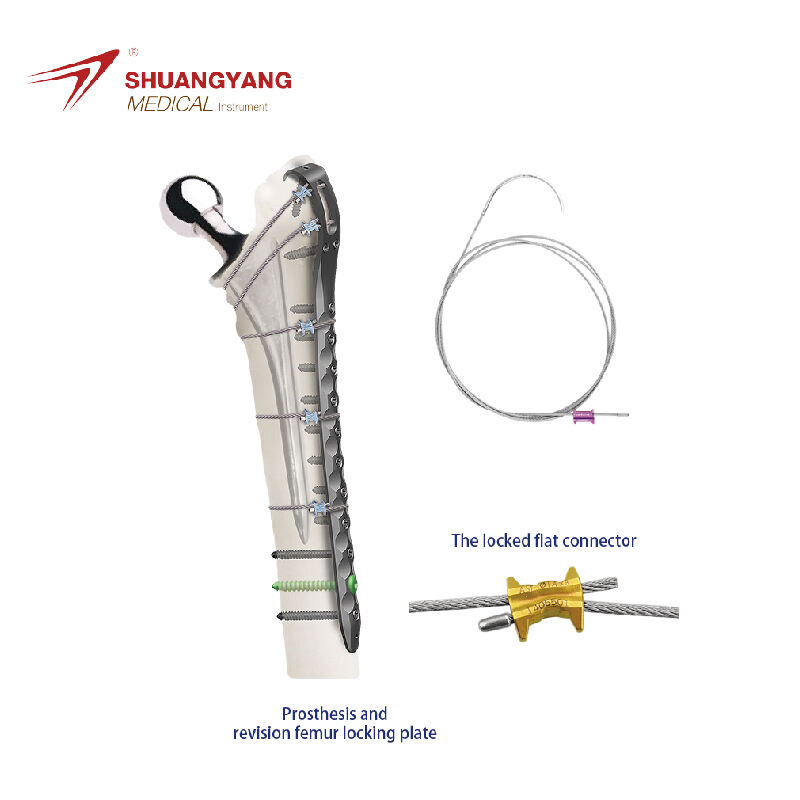lumbar spine surgery
The lumbar spine surgery is a specialized medical procedure designed to address various conditions affecting the lower part of the spine. The main functions of the lumbar spine include supporting the body's weight, enabling movement, and protecting the spinal cord. Technological advancements have enhanced the precision and safety of lumbar spine surgery, incorporating features such as minimally invasive techniques, robotic assistance, and image-guided surgery. These applications allow surgeons to perform complex procedures with greater accuracy, leading to shorter recovery times and reduced risk of complications. Patients with conditions like herniated discs, spinal stenosis, or spondylolisthesis can benefit significantly from this surgery, experiencing relief from pain and improved mobility.


